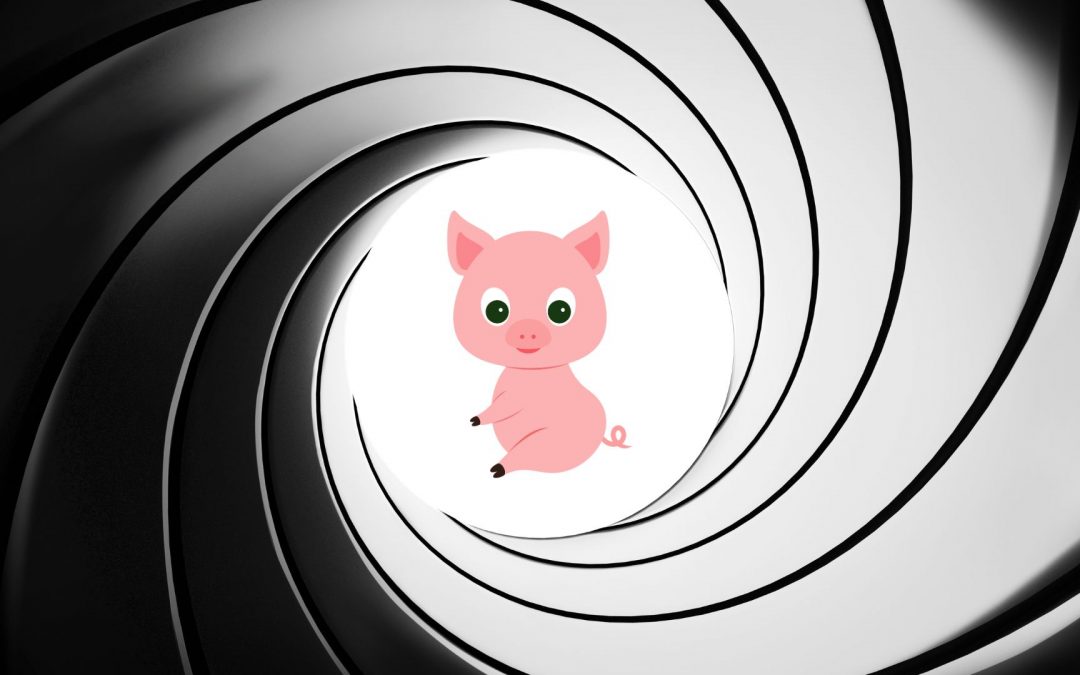Who has the upper hand when it comes to edge-of-the-seat drama and unpredictable plot twists, Ian Fleming’s James Bond or Wodehouse’s famous duo?
There was a time of naivete when I fretted over the longevity of the James Bond film franchise. How would it prosper, I wondered, when it became untethered from Ian Fleming’s canon and began having to think for itself?
Once the Moonrakers and the Goldfingers had been cannibalised, who could provide the authenticity of Fleming’s high-concept storytelling?
This rush of anxiety plagued me before I had started reading the author’s dozen or so books and, after that point, I quickly came to the realisation that my worries were unfounded.
James Bond and Jeeves
The filmmakers had been liberally adapting Fleming’s works since the outset, sometimes merely retaining James Bond himself, the book’s title and the baddie’s tic while conspiring to ditch the rest.
Little wonder.
James Bond himself is a more pedestrian and straight-forward character in the books, less extraordinary, less glib, and better realised.
Meanwhile, the Fleming plots! To the sensibilities of a modern consumer, nothing much happens (although it fails to happen stylishly). For example, From Russia To Love entails Bond going to Istanbul to pick up a beautiful spy, who might or might not be a double agent, and bringing her back to Blighty on the Orient Express.
And that’s more or less it. The reading experience doesn’t needlessly suffer for the absence of plot twists and action set pieces. Indeed, Fleming seems to relish taking time off to reflect on the culture, landscape and food of his exotic surroundings. His books often owe more to travel journalism than the spy thriller and are often delightful and eye-opening for that very reason.
James Bond and Bertie
Compare this, say, to one of Fleming’s contemporaries, the delightfully prelapsarian PG Wodehouse with his high-octane tales of prize-winning pigs, interfering aunts, frequent trysts, and daft-as-a-brush cousins. His characters rarely depart our shores, never leave a certain enclave of idleness and class, encounter no dark forces (beyond those aunts) but carry plots that require the organisation and complexity of a Swiss watch at midnight.
- In praise of shorter books – if you can spare the time, of course
- Everything you need to know about beach reads
A typical Wodehouse book, for all its innocent and eloquent ramblings, offers more plot per square inch than your average true-crime podcast. His convolutions, long cons, hysterical blunderings, misheard conversations, and over-elaborate romantic misinterpretations would test the very best minds of MI5 and the patience of those with a double-0 suffix.
With James Bond, a reader can settle back, late at night, and dash off a couple of chapters of mild perambulations before drifting into an aimless sleep. With Wodehouse, you have to stay on your mettle, keep tabs on a meandering cast of characters and be on guard for some sleight of hand around the politicisation of the village show.
All this points to the natural evolution of the two, the godchild of Fleming and Wodehouse, with the worldly and sinister forces of the former and the laser precision plotting and gawp-inducing twists of the latter.
Footnote
As I mulled how such a convergence could exist, I discovered it actually does (at least I hope it does).
Ben Schott’s authorised revivals of Bertie Wooster and Jeeves (Jeeves and the King of Clubs, 2018, Jeeves and the Leap of Faith, 2021) have the pastoral duo entering Bond terrain, fighting for king and country, and engaging in some actual jeopardy in between porcine entanglements.
I await my copies, hoping they meet the mash-up potential that is playing out in my head.
According to Amazon, the books feature in the sales categories labelled “Gardens in Britain” and “Spy Stories” which sounds like a happy starting point.

